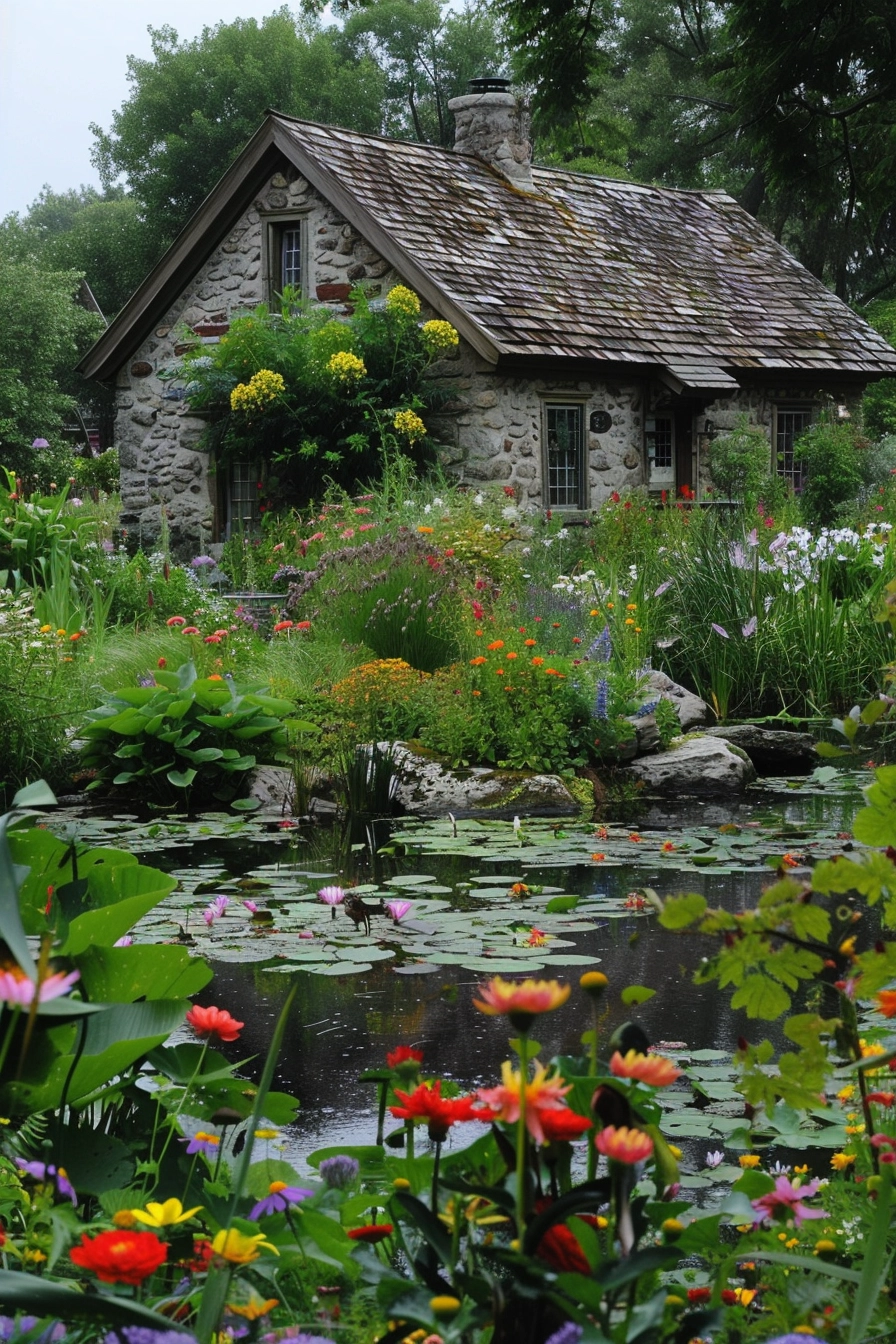Creating a backyard habitat for wildlife is not only beneficial for the environment but also a rewarding experience. Whether you have a small yard or a larger garden, you can make a difference by providing a space that attracts and supports local wildlife. By following a few simple tips and ideas, you can transform your outdoor space into a thriving habitat for birds, butterflies, and other fascinating creatures.
Key Takeaways:
- Plant native plants and flowers to attract wildlife
- Avoid using pesticides to create a safe environment
- Provide food and water sources for the wildlife
- Create different levels of shelter with trees, shrubs, and perennials
- Implement sustainable practices such as organic gardening and composting
Tips for Creating a Wildlife-Friendly Garden
Creating a wildlife-friendly garden is a wonderful way to attract wildlife to your yard while contributing to the conservation of local ecosystems. By implementing these tips and ideas, you can transform your garden into a backyard wildlife sanctuary.
1. Plant a Variety of Trees, Shrubs, and Perennials
Attract a diverse range of wildlife by planting a variety of trees, shrubs, and perennials in your garden. Choose species that provide food and shelter at different heights, creating a multi-layered habitat. Native plants are particularly beneficial as they have evolved to support local wildlife.
2. Provide Water Sources
In addition to food and shelter, wildlife also need access to water. Consider installing a pond, bird bath, or even a small fountain to create a water source in your garden. This will attract birds, butterflies, and other animals that rely on water for survival.

3. Add Birdhouses and Nesting Boxes
Encourage nesting pairs to raise their young in your yard by installing birdhouses and nesting boxes. Different species have specific requirements, so research the nesting habits of the birds in your area to determine the appropriate design and placement.
4. Plant Flowers for Continuous Blooms
Plant a variety of flowers that bloom throughout the growing season to attract pollinators, such as bees and butterflies. This will provide a continuous source of nectar and enhance the beauty of your garden.
5. Create Habitat with Garden Trimmings
Instead of disposing of garden trimmings, create habitat for insects and other small animals by leaving leaves, twigs, and other organic materials in a corner of your yard. This natural debris offers a safe haven for beneficial creatures.
6. Implement Sustainable Practices
Enhance the wildlife-friendly nature of your garden by implementing sustainable practices. Opt for organic gardening methods, which avoid the use of harmful pesticides and synthetic fertilizers. Composting kitchen scraps and garden waste will also enrich the soil and reduce waste.
By following these tips, you can create a wildlife-friendly garden that attracts a variety of fascinating creatures to your yard. Your efforts will not only provide a sanctuary for wildlife, but also contribute to the preservation of urban wildlife habitats.
Remember, creating a wildlife-friendly garden is a rewarding and fulfilling experience that allows us to connect with nature and make a positive impact on our environment.

Benefits of Creating a Backyard Habitat for Wildlife
Creating a backyard habitat for wildlife can have a significant positive impact on the environment and our own well-being. By providing a safe space for local wildlife, we contribute to backyard wildlife conservation and support biodiversity. When we attract birds, butterflies, bees, and other wildlife to our yards, we play a vital role in maintaining the health and balance of the ecosystem.
A wildlife-friendly garden not only benefits the creatures it attracts but also brings joy and wonder into our lives. Observing and interacting with these fascinating creatures can be a source of endless fascination and a daily reminder of the beauty of nature. It offers an opportunity to connect with the natural world and nurture a deep appreciation for the environment.
Creating a wildlife-friendly garden is an active form of participation in the conservation of both local and global ecosystems. It allows us to make a tangible difference by providing essential habitats and food sources for wildlife. By cultivating a more sustainable and eco-friendly environment, we contribute to the larger goal of biodiversity preservation and environmental stewardship.
Whether you have a small window box or a larger garden, every effort to create a wildlife-friendly space is valuable. Even the smallest patch of native plants, a strategically placed bird feeder, or a shallow water dish can make a difference in attracting and supporting local wildlife. Together, we can foster a harmonious coexistence between humans and wildlife, creating a backyard sanctuary that benefits us all.


